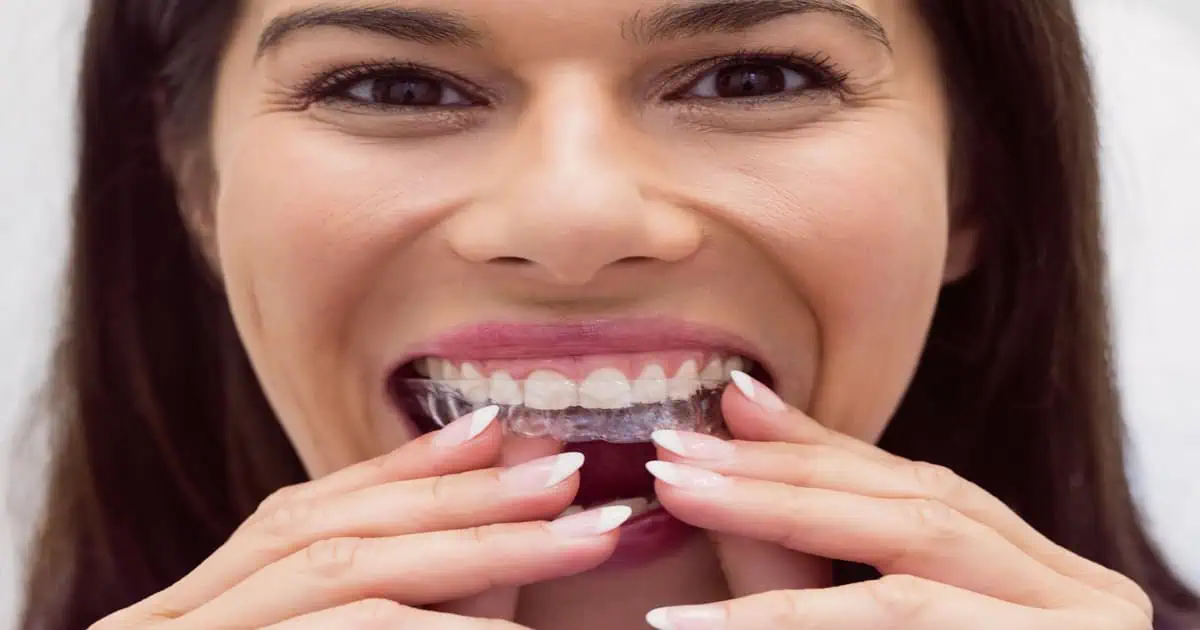A missing tooth can significantly impact your life, affecting your appearance, confidence, and dental health. If you’re dealing with a gap in your smile, dental bridges offer a reliable and aesthetically pleasing solution. This guide will walk you through everything you need to know about dental bridges, how they work, their benefits, and why they might be the perfect choice for restoring your smile and confidence.
Understanding Dental Bridges
A dental bridge is a common restorative dentistry procedure that replaces one or more lost teeth. The pontic, or artificial tooth, is supported by dental crowns on the neighboring teeth, or abutments, to form the bridge. This structure “bridges” the gap created by the missing tooth, providing both functional and cosmetic benefits.
Types of Dental Bridges
- Traditional Bridges: These are the most prevalent, in which a pontic is placed between each crown or implant created for the missing tooth.
- Cantilever Bridges: Used when adjacent teeth are on only one side of the missing tooth or teeth. This type of bridge is less common and generally used for areas like the front teeth.
- Maryland Bonded Bridges: This kind, sometimes called a resin-bonded bridge, consists of a metal or porcelain framework cemented to the rear of the neighboring teeth. It is less invasive on the surrounding teeth, making it a more conservative approach.
- Implant-Supported Bridges: These bridges, secured by dental implants rather than natural teeth, are perfect for many missing teeth. They are a durable solution and provide good stability.
The Process of Getting a Dental Bridge
Receiving a dental bridge typically involves several steps over a few dentist visits. Here’s what you can expect:
Consultation and Examination
Begins with a consultation and examination by your dentist. Dr. Kennedy will evaluate your oral health, discuss your dental history, and take X-rays to understand the condition of your teeth and jawbone. This initial step is important in determining whether a dental bridge is the right solution for you and which type will best meet your needs.
Preparation of Abutment Teeth
Once you proceed with a dental bridge, the next step is preparing the abutment teeth. This involves reshaping these teeth to remove a portion of enamel, creating room for the crowns placed over them. If an implant-supported bridge is used, this step involves placing the implants instead.
Impressions and Temporary Bridge
Your dentist will take imprints of your teeth after the abutment teeth are prepped. These impressions will be used as a model to create your personalized bridge. While your permanent bridge is being built, a temporary bridge is positioned to shield your exposed teeth and gums.
Fitting and Adjustment
Dr. Kennedy will replace the temporary bridge with the new permanent bridge during your subsequent visit. This includes:
- Carefully checking the fit.
- Making any necessary adjustments.
- Ensuring that the bridge matches the color and shape of your natural teeth.
The bridge is then permanently cemented into place, restoring your smile.
Follow-Up and Care
You should take good care of your dental bridge in order to extend its life. Your dentist will provide instructions on maintaining your bridge, including brushing, flossing, and routine dental exams. You can arrange follow-up visits to check your bridge’s condition and fix any issues.
Benefits of Dental Bridges
Dental bridges offer numerous benefits beyond simply filling the gap left by a missing tooth. Here are some of the most significant advantages:
Restoring Your Smile
One of the most immediate and noticeable benefits of a dental bridge is restoring your smile. A complete set of teeth can significantly enhance your appearance and boost your confidence, allowing you to smile freely without feeling self-conscious about missing teeth.
Improving Chewing and Speaking
Missing teeth might cause speech problems and difficulty chewing food correctly. Dental bridges help restore these abilities, enabling you to talk effectively and eat a wider range of foods.
Maintaining Facial Structure
Your teeth are essential for preserving the structure of your face. Your face may vary over time due to the surrounding bone deteriorating from a missing tooth. Dental bridges support the neighboring teeth and stop bone loss, maintaining the natural contours of your face.
Preventing Teeth Shifting
The neighboring teeth may move into the empty area left by a lost tooth, causing misalignment and biting problems. Dental bridges stop this shifting by filling the space and maintaining the teeth in their natural places.
Long-Lasting Solution
Dental bridges can last many years when properly cared for and maintained, offering a dependable and long-lasting replacement for lost teeth. They are designed to withstand the forces of biting and chewing, offering a long-term investment in your oral health.
Choosing the Right Dental Bridge
Selecting the right dental bridge involves considering several factors, including the missing tooth’s location, the adjacent teeth’ condition, and your personal preferences. During your consultation, Dr. Kennedy will discuss your options, helping you make an informed decision that best suits your needs.
Factors to Consider
- Location of the Missing Tooth: The type of bridge chosen may depend on whether the missing tooth is in the front or back of your mouth. Maryland bonded bridges, for example, are often used for front teeth due to their less invasive nature.
- Condition of Adjacent Teeth: The health and strength of the abutment teeth are crucial for a dental bridge’s success. If the adjacent teeth are not strong enough to support a bridge, alternative treatments like dental implants may be considered.
- Aesthetics and Material: A natural appearance depends on the bridge’s appearance. Various materials, such as porcelain, ceramics, and metal, can create bridges. You can select a material with the same color and texture as your natural teeth with the assistance of Dr. Kennedy.
- Budget and Insurance: Dental bridge prices can change based on the kind of bridge and the materials utilized. Understanding your budget and insurance coverage will help you make a financially sound decision.
Personalized Care with Dr. Kennedy
Our clinic believes in providing personalized care tailored to each patient’s unique needs and preferences. Dr. Kennedy will take the time to understand your concerns, answer your questions, and guide you through the process, ensuring a comfortable and stress-free experience.
Book Your Appointment Today
Don’t let missing teeth hold you back. Schedule your consultation with Dr. Kennedy at Dental Medical Spa Laser Institute Windermere and discover how dental bridges can transform your smile and boost your confidence.







